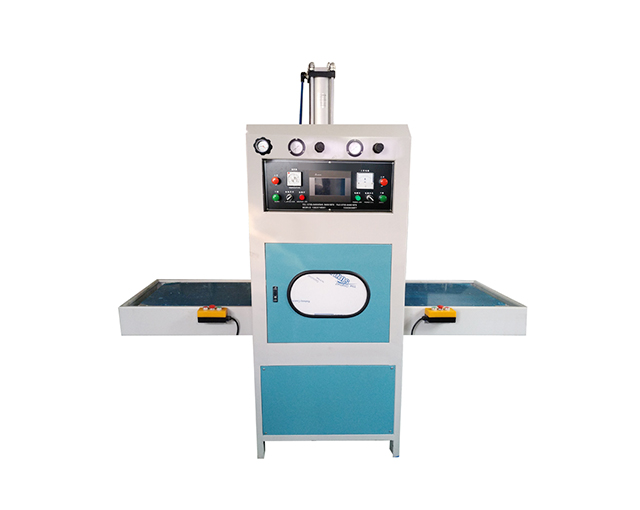Time:2025-07-29 Views:1 source:News

Embossing machine process optimization aims to enhance efficiency, improve product quality, and reduce operational costs by refining each stage of the embossing workflow. This involves analyzing and adjusting parameters such as pressure, temperature, speed, and material handling to achieve consistent and high-quality embossed patterns on materials like paper, leather, fabric, and metal.
One key area of optimization is parameter tuning. The pressure applied by the embossing rollers directly affects the depth and clarity of the pattern. Too little pressure results in faint, indistinct designs, while excessive pressure can damage the material or distort the pattern. By conducting test runs with incremental pressure adjustments (typically ranging from 50 to 200 psi, depending on the material), operators can determine the optimal pressure that balances pattern definition and material integrity. Similarly, temperature control is critical for heat-sensitive materials like plastic or certain fabrics. Heating the embossing dies to the right temperature (100–200°C) ensures proper material shaping without scorching or melting, requiring precise thermostat calibration and regular temperature checks using infrared sensors.
Speed synchronization between the material feed and embossing rollers is another vital factor. Mismatched speeds can cause uneven pattern alignment or material stretching. Installing encoder-based speed sensors and integrating them with a programmable logic controller (PLC) allows real-time speed adjustments, ensuring the material moves at a consistent rate relative to the rotating dies. This is particularly important for large-scale production, where even minor speed variations can accumulate into significant defects.
Material handling improvements also contribute to optimization. Implementing automated feeding systems with tension control mechanisms prevents material slippage or wrinkling before embossing. For flexible materials like fabric, using vacuum hold-down systems on the feed table ensures flat positioning, reducing the risk of misalignment. Post-embossing processes, such as cooling stations for heat-treated materials, help set the pattern and prevent deformation, improving product stability.
Data-driven monitoring further enhances optimization. By collecting data on pressure, temperature, speed, and defect rates during production, manufacturers can identify trends and bottlenecks. Statistical process control (SPC) tools analyze this data to detect deviations from optimal parameters, triggering alerts for timely adjustments. Regular maintenance, such as cleaning embossing dies to remove debris and lubricating moving parts, reduces downtime and ensures consistent performance. Over time, these optimizations lead to higher throughput, reduced waste, and improved product uniformity.
Read recommendations:
Ultrasonic plastic welding machine
Ultrasonic Plastic Welding Machine Headset Headphone Making Sealing Slab Card ABS
Automatic rotary table high frequency welding machine with card loading and take out robot
HF solder machine custom.Analysis of the working principle of embossing machine
Complete control over products allows us to ensure our customers receive the best qualityprices and service. We take great pride in everything that we do in our factory.
